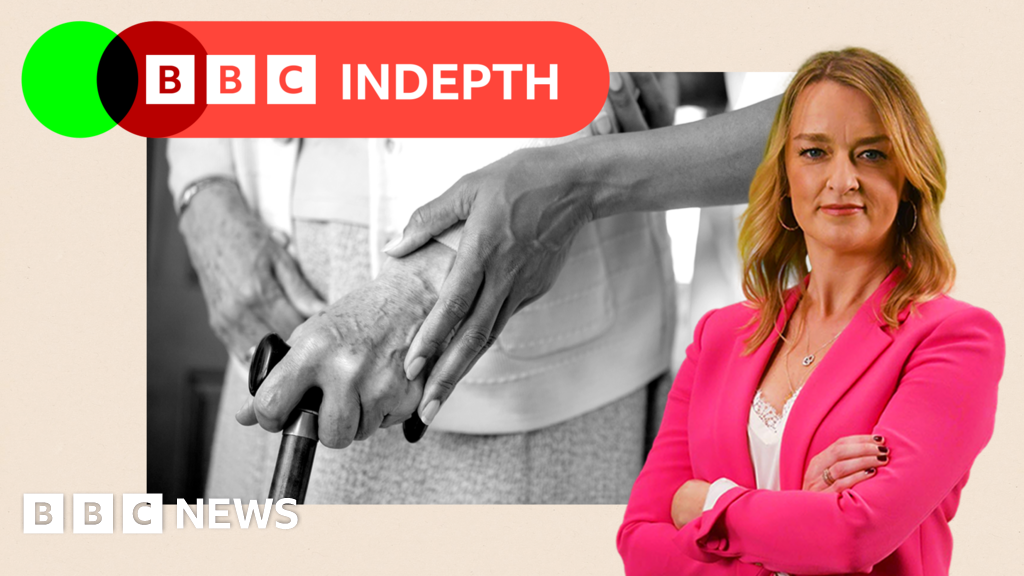ARTICLE AD BOX
 Image source, Getty Images
Image source, Getty Images
The Scottish government has said it is still trying to establish how many schools contain collapse-risk concrete.
More than 100 schools in England have been told to close areas of their buildings that have RAAC.
Housing Minister Paul McLennan said councils across the country were carrying out assessments, with all expected to report back by next week.
He also said he was aware of two schools where safety work was being done.
The Scottish government has said that where it is found, remedial work could include the closure of impacted rooms or sections of the building and the use of temporary, modular provision for pupils to ensure the continuity of education.
It has also stressed that pupils will not be taught in the parts of buildings where the concrete is considered a risk.
Reinforced autoclaved aerated concrete (RAAC) is a lightweight concrete that was used in roofs, floors and walls between the 1950s and 1990s.
It is a cheaper alternative to standard concrete and because it's aerated, or "bubbly", it is less durable with a limited lifespan of around 30 years.
The Health and Safety Executive says RAAC is now beyond its lifespan and may "collapse with little or no notice", with a collapsed beam over the summer making the UK government aware that more schools in England were at risk than had previously been thought.
Mr McLennan said it was an issue the Scottish government took "very seriously" and that a ministerial group had been set up when RAAC issues were originally raised.
Speaking to the BBC's Good Morning Scotland programme, he said: "There are a few schools already, one in East Lothian, one in West Lothian, that we're dealing with the local authorities at the moment.
"Local authorities are undertaking assessments and we're expecting that back next week.
"Depending on each situation we'll work closely with the local authorities in terms of the work they need to do to make the school safe. We've already done that in East and West Lothian."
Asked whether there were currently pupils in any Scottish schools that had faulty concrete, he said: "No. There's been initial assessments carried out and we identified the two schools and took some actions.
"There have been some classrooms that have been closed off."
BBC Scotland News has contacted all of Scotland's 32 councils to ask whether any of their schools contained RAAC.
Of those who have responded so far, West Lothian Council said it has been found at five primary schools and four community centres.
It has also been identified at one school in East Lothian and at Forres Academy in Moray, where some classrooms have been closed.
Two schools in Highland have been identified and one in Perth is being repaired.
Figures released to the Scottish Liberal Democrats in May suggested that a total of 37 Scottish schools had been found that used the concrete.
They included nine in Dumfries and Galloway, seven in Aberdeen, six in Clackmannanshire and five in West Lothian.
There were two schools each in Dundee, Highland and North Lanarkshire, and one school each in Aberdeenshire, Argyll and Bute, East Lothian and Perth and Kinross.
Pupils at two primary schools in Edinburgh were moved to temporary classrooms in July due to the same issue.
It emerged the same month that 254 NHS Scotland buildings contained the material.
Scottish Lib Dem leader Alex Cole-Hamilton said the government should have done far more over the summer to assess the scale of the problem and called for a ministerial statement.
He said: "We cannot have children being taught in potentially unsafe buildings.
"Scottish Liberal Democrats would provide the funds needed for schools to urgently remove this concrete from their buildings and clear the backlog of school repairs."

 1 year ago
21
1 year ago
21








 English (US)
English (US)